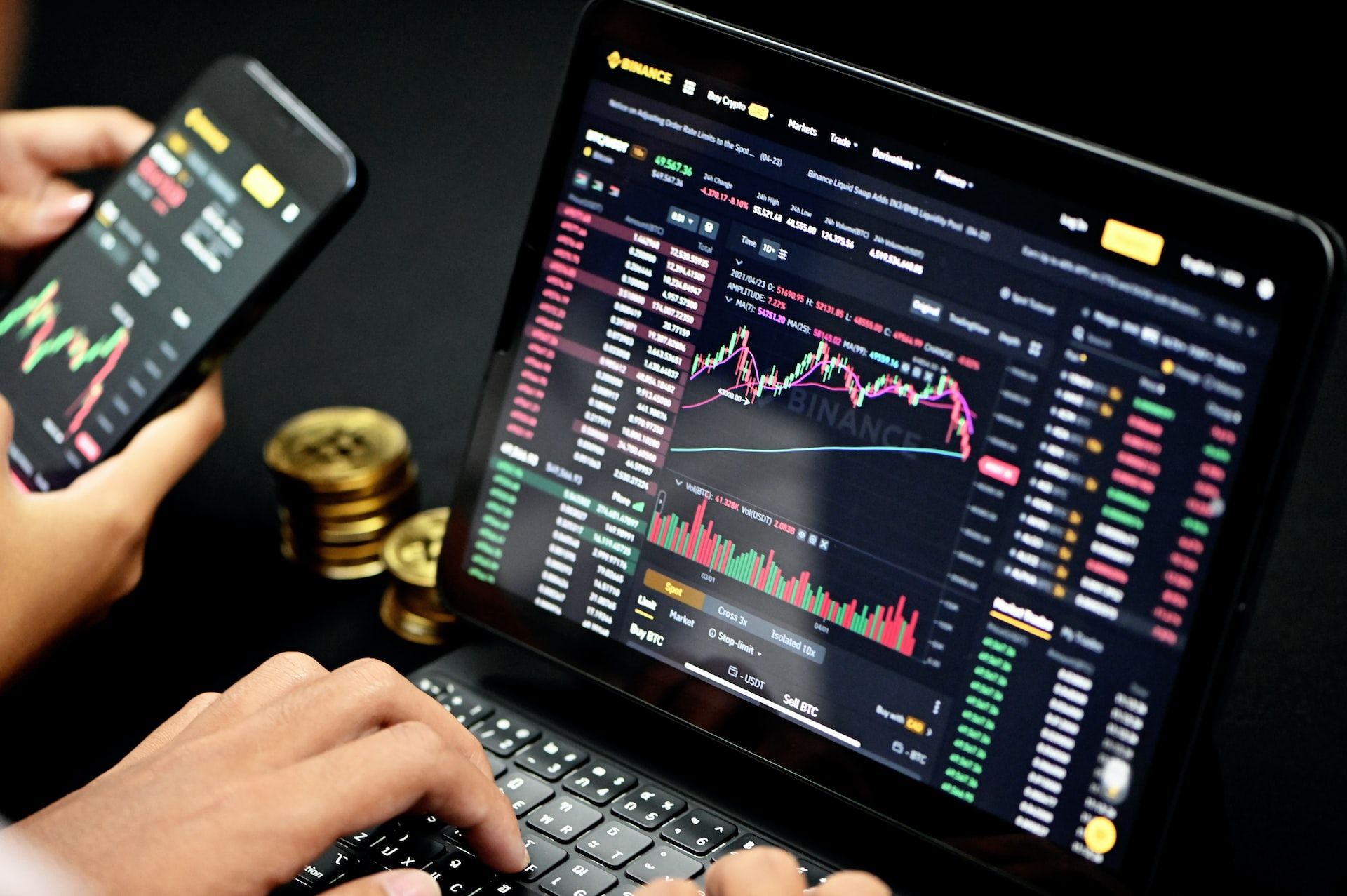Binance is one of the largest and most popular cryptocurrency exchanges in the world, with millions of traders from around the globe using the platform to buy, sell, and trade various cryptocurrencies. To make trading on Binance more efficient and effective, software for trading can be developed that automates some of the key tasks involved in trading. In this article, we will discuss the step-by-step process of creating software for trading on Binance.
Step 1: Identify the Trading Strategy
The first step in developing software for trading on Binance is to identify the trading strategy that will be used. A trading strategy is a set of rules and criteria that are used to determine when to buy and sell a particular cryptocurrency. There are many different trading strategies that can be used, including trend following, momentum trading, and mean reversion. The strategy that is chosen will depend on the trader’s goals, risk tolerance, and market conditions.
Step 2: Choose a Programming Language
The next step is to choose a programming language for developing the software. There are many programming languages to choose from, including Python, Java, and C++. Python is a popular choice for developing trading software due to its ease of use and the availability of libraries that can be used for data analysis and backtesting.
Step 3: Connect to the Binance API
Once the programming language has been chosen, the next step is to connect to the Binance API. The Binance API is a set of tools and functions that can be used to interact with the Binance exchange. It provides access to real-time market data, order management, and account management. To connect to the Binance API, an API key and secret must be generated from the Binance website.
Step 4: Implement the Trading Strategy
After connecting to the Binance API, the next step is to implement the trading strategy. This involves writing code that defines the rules for when to buy and sell a particular cryptocurrency based on the strategy that was identified in step 1. This code will also need to include functions for placing orders on the Binance exchange, monitoring open orders, and managing the trader’s account balance.
Step 5: Backtest the Trading Strategy
Once the trading strategy has been implemented, it is important to backtest the strategy using historical market data. Backtesting involves running the trading strategy on past market data to see how it would have performed in real trading conditions. This can help identify any weaknesses in the strategy and make adjustments to improve its performance.
Step 6: Optimize the Trading Strategy
After backtesting the trading strategy, the next step is to optimize the strategy to improve its performance. This may involve tweaking the parameters of the strategy, changing the criteria for entering and exiting trades, or adding new indicators to the strategy.
Step 7: Run the Trading Bot
Once the trading strategy has been optimized, the final step is to run the trading bot on the Binance exchange. The trading bot will continuously monitor the market and execute trades based on the rules that were defined in the strategy. It is important to monitor the performance of the trading bot regularly and make adjustments as necessary to ensure that it is performing optimally.
Conclusion
Developing software for trading on Binance can be a complex and challenging process. However, by following these step-by-step guidelines, traders can create a trading bot that automates many of the key tasks involved in trading on Binance, improving efficiency and effectiveness. It is important to remember that developing a successful trading strategy and optimizing the trading bot is an ongoing process that requires regular monitoring and adjustments to adapt to changing market conditions.
